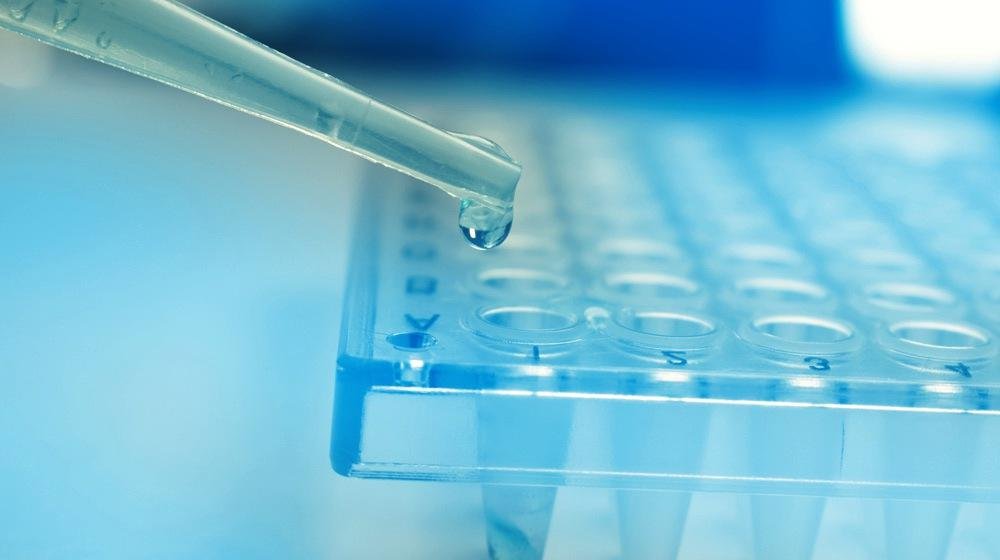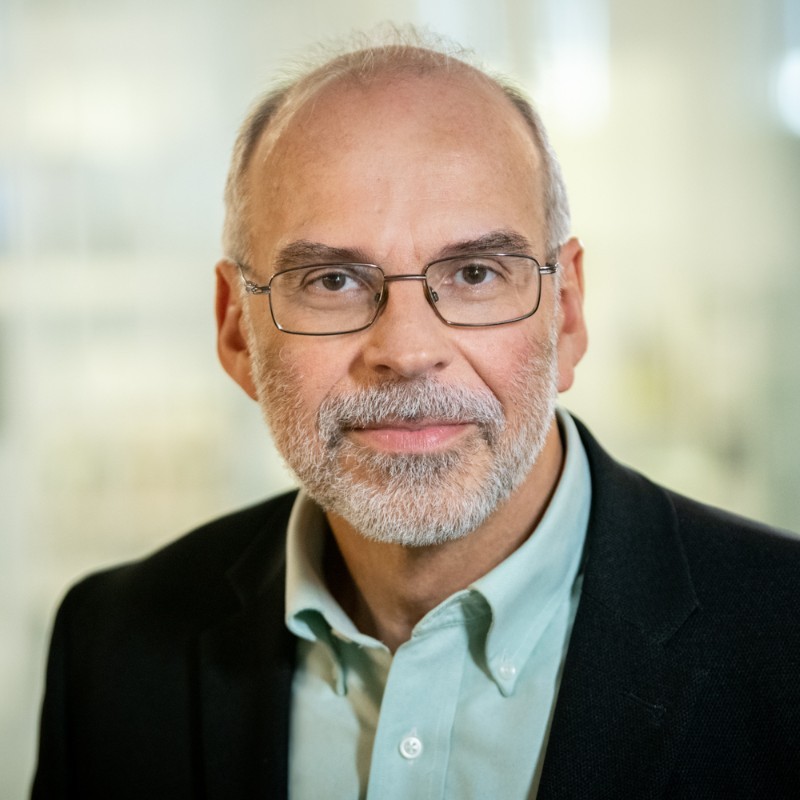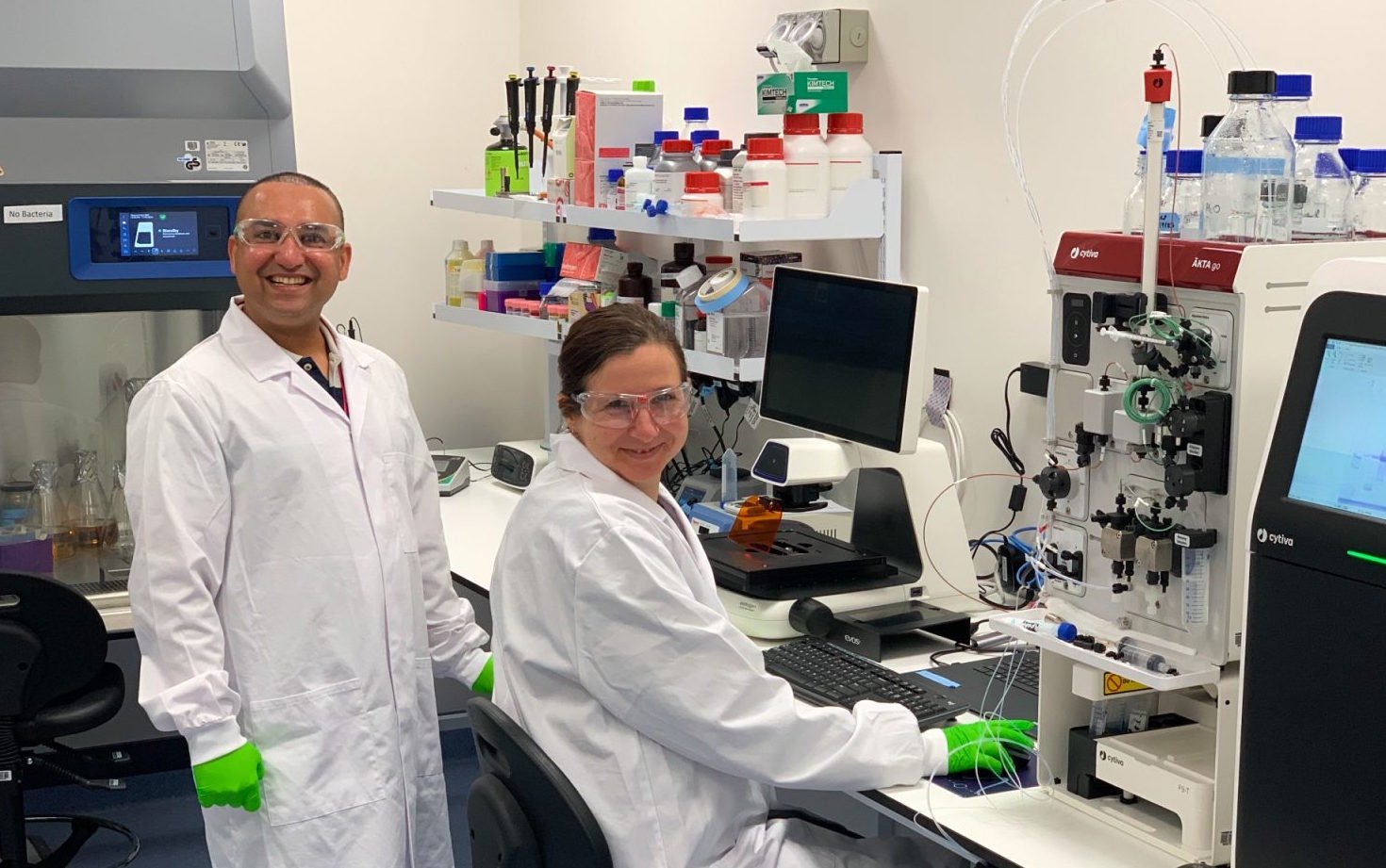New stem cell found in lung may offer target for regenerative medicine
04 March 2018 | News
The study team identified the new stem cells, first in mouse models, then in humans.

Singapore– Newly identified stem cells in the lung that multiply rapidly after a pulmonary injury may offer an opportunity for innovative future treatments that harness the body's ability to regenerate. Writing in the journal Nature, scientists describe cells that could become a new tool to treat lung diseases across the lifespan, from premature infants to the elderly.
Researchers from Children's Hospital of Philadelphia (CHOP) and the Perelman School of Medicine at the University of Pennsylvania focused on the alveoli—tiny compartments in the lung in which gas exchange occurs, as oxygen is taken up by the blood and carbon dioxide is removed. First in mouse models, then in humans, the study team identified a new cell lineage, which they called alveolar epithelial progenitor (AEP) cells.
"These cells sits quietly, but poised, in the lung until an injury activates them to proliferate and differentiate," said co-first author David B. Frank, MD, PhD, a pediatric cardiologist at CHOP. "If we can learn to manipulate the biological signals in this process, we may be able to regenerate lung tissue in patients."
Leading the research team was Edward E. Morrisey, PhD, director of the Penn Center for Pulmonary Biology and scientific director of Penn's Institute for Regenerative Medicine. Morrisey said "One of the most important places to better understand lung regeneration is the alveoli. To better understand these delicate structures, we have been mapping the different types of cells within the alveoli." He added that "understanding cell-cell interactions should help us discover new players and molecular pathways to target for future therapies."
The study team identified the new stem cells, first in mouse models, then in humans. They found that this cell system is evolutionarily conserved across separated species: AEPs share similar characteristics in both mice and humans. The underlying genes code for a similar set of proteins and respond to a similar set of signals—allowing researchers to investigate specific biological mechanisms in mice with relevance to how these cells function in humans. It also allowed them to perform experiments in organoid models—three-dimensional cell cultures that simulated specific ways that lungs function in living lower organisms.












